Home Positive impacts Design thinking JAM
Design thinking JAM
Where ideas come to life to create social and lasting impact
Where it all began
At the core of our mission, Talsom has consistently been involved in social causes since its establishment in 2010.
In 2018, the Talsom team reached a pivotal milestone by undertaking a transformation project with the Groupe Communautaire l’Itinéraire. Combining our design thinking approach with technological strategy and change management skills, we developed a new payment solution addressing the organization’s challenge. Thus, a new tradition was born!
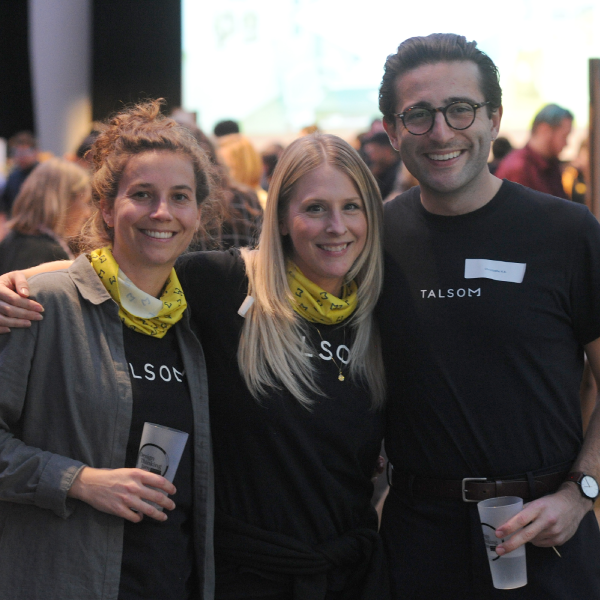
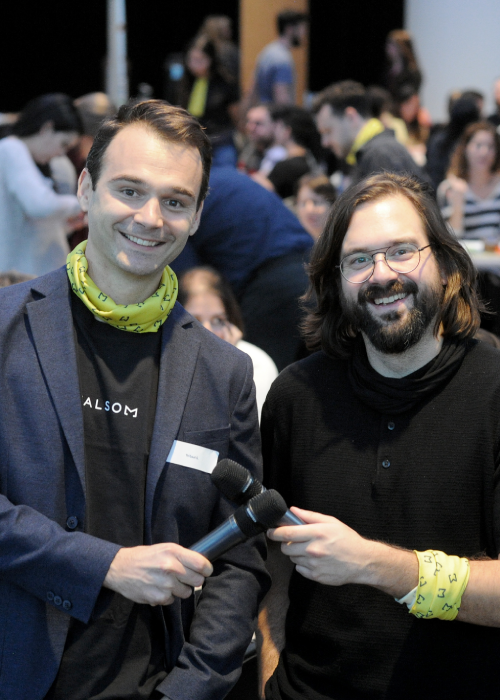
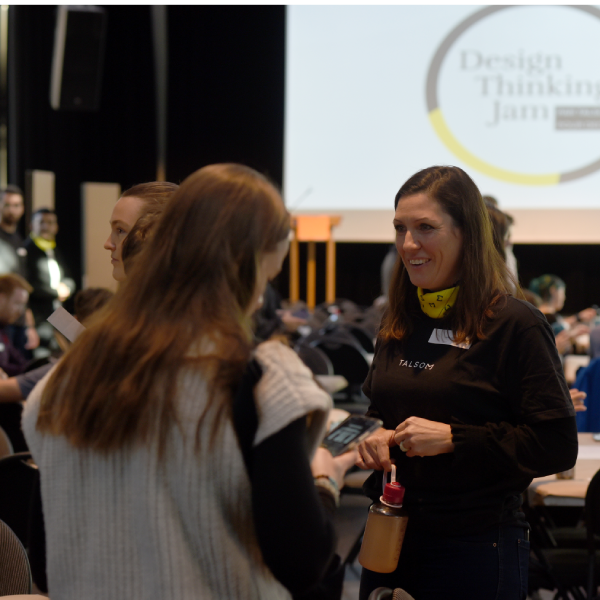
Since then, new editions of Design Thinking Jam have taken place annually with various NGOs such as Tel-jeunes, La Maison des Enfants le Dauphin de Laval, GoRecycle, and Déclic.
Naming inspiration
Rooted in the collaborative approach of design thinking, DT JAM draws inspiration from musical jam sessions, symbolizing creativity and synergy. Similarly, our workshops foster vibrant collaboration, conducive to the emergence of new ideas.
Jam day is an opportunity to unleash creativity, where all ideas are welcome. Cooperation and co-creation among participants united for a cause lead to innovative solutions tailored to the challenges faced by organizations.
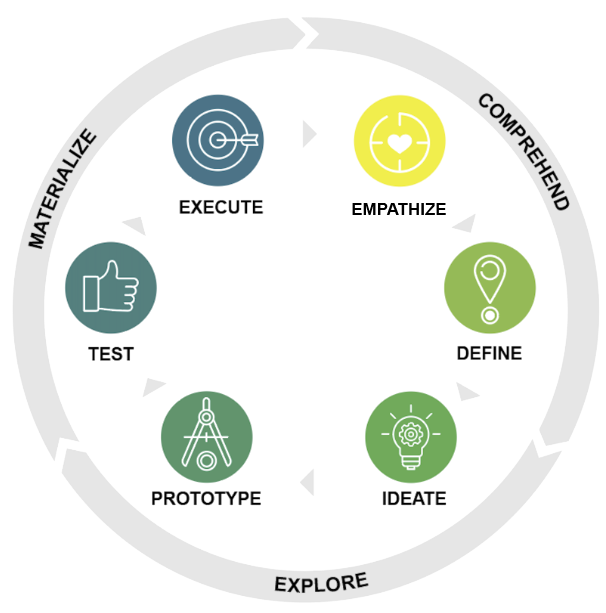
Empathy at the core of the process
Design thinking is a methodology that places empathy at the heart of innovation. It is a way of thinking that tackles problems from a different perspective. Divided into six phases, this creative and iterative approach encourages the emergence of new ideas and helps find concrete and viable solutions to complex problems.
The 6 phases of Design Thinking
Empathy
This initial phase aims to identify the existence of a problem and understand its causes and context. It involves a profound understanding of the experiences of users and stakeholders. It’s meeting them that allows us to truly grasp their reality and needs.
Definition
Continuing in an empathetic posture, this phase analyzes the results of the previous stage to clearly define the challenge and the conditions for its success. Identifying and formulating the challenge invites the development of new, tailored solutions.
Ideation
The ideation phase seeks to find and generate ideas with end-users to meet the challenge. It is during this phase that the Design Thinking Jam takes place—a half-day ideation workshop bringing together hundreds of participants from various backgrounds, all united around solving the same challenge.
Prototype
Following the ideation phase, the prototype phase aims to assess the relevance of ideas in relation to the challenge and the organization’s context. Several ideas are developed to explore their full potential and the organization’s capacity to implement them.
Test
In the testing phase, we seek to validate the relevance of the envisioned solution with end-users, identifying improvement opportunities for better alignment with needs and application contexts.
Implementation
In this final phase, the objective is to propel the chosen concept by communicating the final results to those involved, convincing them of the solution’s potential. Implementation is also the first step toward the eventual deployment of the solution.
Project submission for the 2024 edition
We are looking for projects that drive change. If you have a challenge to overcome or an issue limiting your development, let us guide you toward a concrete and sustainable solution.
